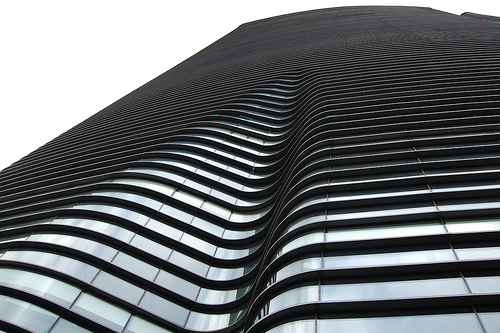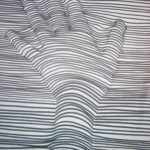In Visual Arts, lines are the most versatile of all elements of Art. A line is formed when a point moves from one location to the next. Lines are either real, imaginary or implied. Lines are used to form the principles of design such as pattern, texture.
To understand lines learn
– the category of lines
– the characteristics or features of lines
– the value of lines
– the function of lines
CATEGORIES OF LINE
There are many categories of line.
Categories tell the permanent features of a line. So therefore lines can either be angular, straight or organic. Straight lines can further be vertical, horizontal. Organic are mostly appearing in nature, while angular lines are mostly manmade. Under organic however, curvy and wavy lines as drawn can be found.
LINE FUNCTION
Three functions of lines are outline, gesture, contour. Outline is the edge around an object or shape without discussing its form. Outlining lines define boundaries.
A contour is the most basic form of an artwork.
Contour lines are the lines which define the form, mass, while gesture lines discuss the expressions, feelings.
Contour lines are commonly used to give the impression of a form although the shape itself may be flat. Coutour lines do this by detailing the outline. Definitions in shadow to convey the identity of a person can be done using contour lines for example.
Alternatively, doing a contour drawing can mean to do an outline which enables one to identify the subject’s characteristics. An artist also uses contour lines to do the essential lines within the artwork example where a curve is used to show the stem’s originating point or light area on an apple. Line weight is therefore essential in contour drawings.
Gesture lines are loosely drawn, and oftentimes are the lines used for sketching humans. Gesture lines communicate emotion, motion, direction, form, pose.
CHARACTERISTICS OF LINES
The characteristic of a line describes the features, in five categories. Lines have specific roles.
The list is endless. Here are a few examples of the characteristics of lines –
Width – thick, thin, tapering, uneven
Length- long, short, continuous, broken
Direction – diagonal, perpendicular, vertical, horizontal, opaque, radial, oblique, parallel, spiral
Focus – zig zag or serpentine, blurred, choppy, fuzzy, dark, light
Feeling – distinct, jagged, sharp, graceful, smooth, active, static,
The characteristics of lines are what the artists use to convey
form.
LINKS:
More on Contour drawing here
Contour versus Gesture lines here
Author Profile
- ... author, qualified & experienced in journalism, creative writing, editing, the arts, art critique, paralegal, photography, teaching, research, event planning, motivational speaking, workshops for children and adults, visual arts etc. Click here for contact form. ...or email me here
Latest entries
 Raw and DirectDecember 28, 2025Jamaican street foods everybody loves
Raw and DirectDecember 28, 2025Jamaican street foods everybody loves AdvertorialDecember 27, 2025Legal Wiz Jamaica
AdvertorialDecember 27, 2025Legal Wiz Jamaica General categoryDecember 27, 2025Jamaica postal codes across island
General categoryDecember 27, 2025Jamaica postal codes across island Raw and DirectDecember 25, 20252025 Christmas message with Anthea McGibbon
Raw and DirectDecember 25, 20252025 Christmas message with Anthea McGibbon







